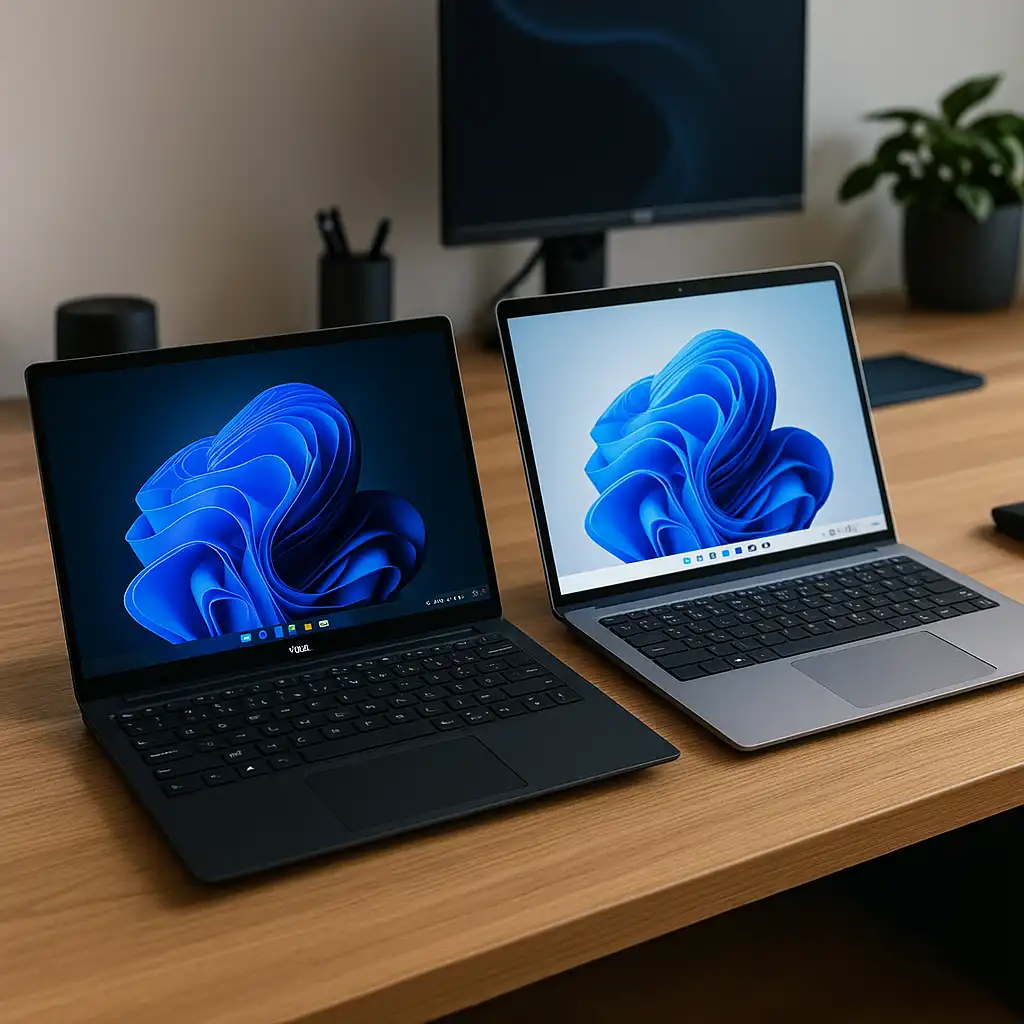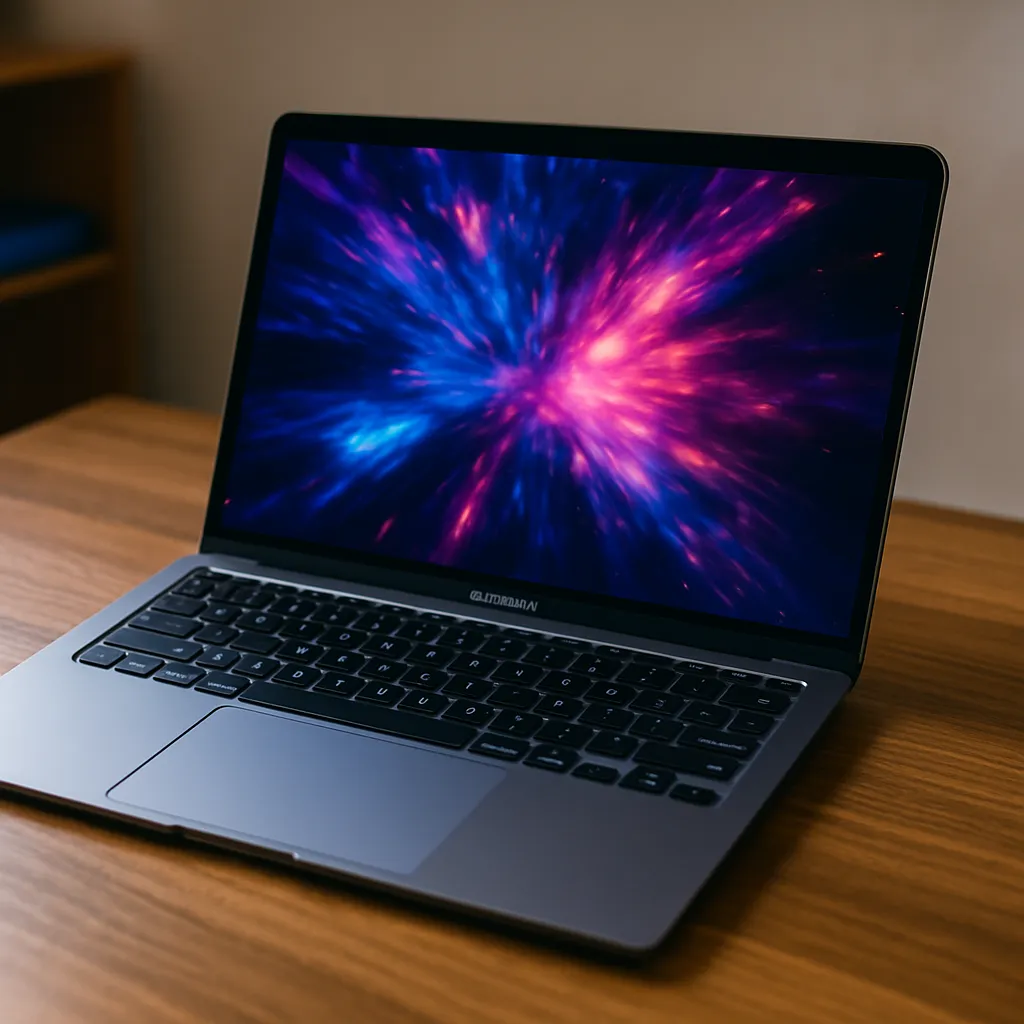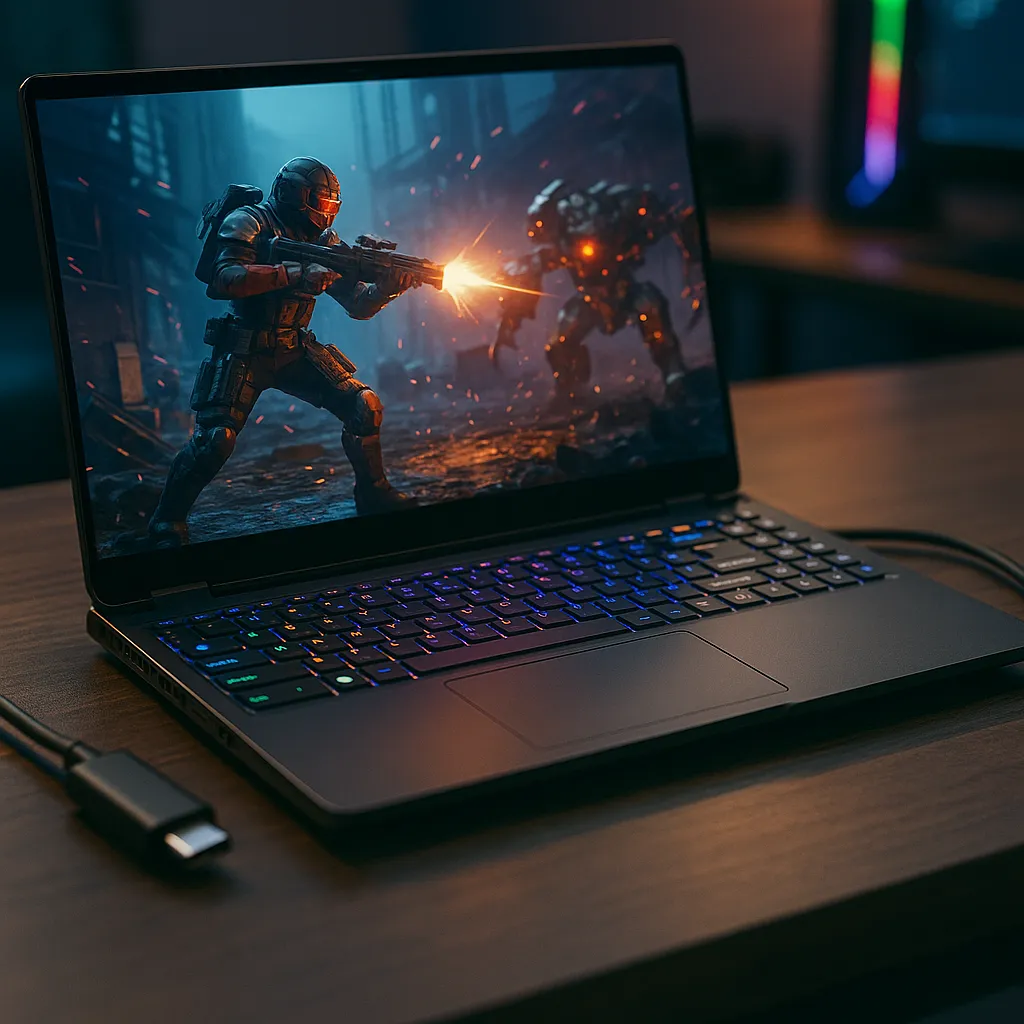How Much RAM Do I Need on a Laptop – Performance Tips
Disclosure: This post contains affiliate links. LaptopVoyager.com participates in the Amazon Associates Program and may earn commissions on qualifying purchases, at no extra cost to you.
Last Updated: August 25, 2025
RAM is one of the biggest factors in how fast and responsive your laptop feels. Get too little, and even basic multitasking starts to lag. Go too high, and you’re likely paying for memory you’ll never actually use. Since RAM performance is closely tied to your CPU, it’s worth checking out our guide to the best laptop processor to see how both work together to shape real-world speed and usability.
Quick-View Comparison List
💻 Basic Computing (browsing, email, streaming) – 8GB RAM. Enough for light use, but can feel slow with many tabs open.
📚 Students & Light Multitasking – 8GB–16GB RAM. 16GB is smoother for Zoom, online research, and multiple apps.
📊 Work & Business (office apps, video calls, multitasking) – 16GB RAM. Keeps spreadsheets, presentations, and calls running without lag.
🎨 Creative Professionals (design, editing, coding, VMs) – 32GB RAM or more. Handles large files, virtual machines, and heavy multitasking.
🎮 Gamers & Power Users – 16GB–32GB RAM. Balances modern gaming, streaming, and productivity.
What Does RAM Do in a Laptop?
RAM works like your laptop’s short-term desk space. It keeps apps and files within easy reach so you can jump between a video call, a browser with ten tabs, and a spreadsheet without waiting for things to reload.
The more RAM you have, the more tasks your laptop can juggle at once. That’s why extra memory makes a difference if you’re editing photos, running multiple apps, or gaming while streaming.
How Much RAM Do I Need in My Laptop?
For most people, 8GB is the starting point in 2025. It’s enough for web browsing, email, streaming, and light office work.
If you want your laptop to stay quick for longer—or if you tend to multitask—16GB is the smart choice. Many modern laptops now ship with 16GB, and it gives you a smoother experience across the board.
Here’s a quick breakdown of how much RAM you’ll need based on what you actually use your laptop for:
This list gives you a snapshot, but the exact amount depends on how you actually use your laptop day to day. Let’s break it down further by specific situations.
How Much RAM Do I Need for Basic Computing & Students?
For casual use like homework, online research, or Netflix, 8GB is usually fine. Students who keep lots of tabs open or run Zoom during classes will feel the benefit of 16GB.
Some budget laptops still ship with 4GB, but that feels cramped quickly. If you’re buying for school or college, aim for at least 8GB, with 16GB if your budget allows.
How Much RAM Do I Need for a Work or Business Laptop?
Business and office users will find 16GB ideal for running email, spreadsheets, presentations, and video calls without stuttering.
If your work involves huge Excel sheets, graphic design software, or using multiple monitors at once, 32GB or more will keep things smooth. Many business laptops also allow RAM upgrades later, which is helpful if your workload grows.
When to Upgrade Beyond 16GB or 32GB
More than 16GB makes sense for heavy-duty tasks. Video editors, engineers, coders running virtual machines, or gamers who also stream often push their laptops further.
In those cases, 32GB–64GB RAM prevents bottlenecks and keeps performance steady. For the average laptop owner, though, 16GB will be plenty for years.
High Performance Needs
If you’re shopping with raw speed and multitasking power in mind, RAM is only part of the equation. A strong CPU, dedicated GPU, and efficient cooling system matter just as much as memory size.
For users who push their laptops to the limit—like video editors, engineers, or gamers—it’s worth looking at the bigger picture. Our guide to the best high-performance laptop covers models designed for demanding workloads where every second of speed matters.
FAQs
Q: Is 8GB RAM still enough for a laptop in 2025?
A: It’s fine for light use, but if you multitask or want your laptop to last longer, 16GB is better.
Q: Do I need more RAM for gaming vs office work?
A: Yes. Games tend to run best with at least 16GB, while office tasks usually work smoothly with 8GB.
Q: Can I upgrade the RAM in my laptop later?
A: It depends. Thin ultrabooks and MacBooks usually have fixed RAM, while gaming and business laptops often let you add or swap modules.
Conclusion
So, how much RAM do you need on a laptop? For basic use and students, 8GB works, but 16GB is the best balance for most buyers in 2025. Professionals and creatives with heavier workloads should look at 32GB or more. Choosing the right amount now means your laptop will stay fast, reliable, and ready for everyday use.







